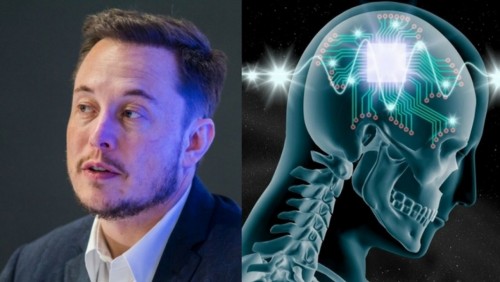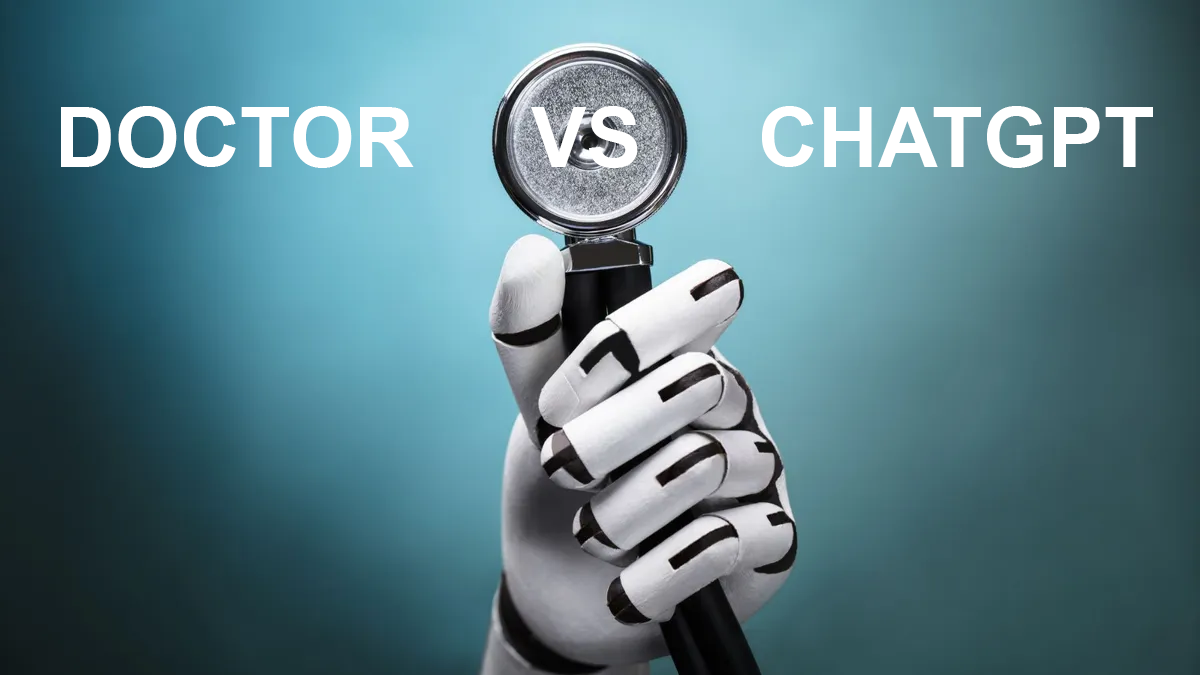While it may sound like science fiction, the demonstration by Elon Musk's neurotechnology company Neuralink is an example of a brain-machine interface in action (and has been done before). A coin-sized disc called a "Link" was implanted by a precision surgical robot into Pager's brain, connecting thousands of micro threads from the chip to neurons responsible for controlling motion.
Neuralink could transition from operating on monkeys to human trials within the year, if the startup meets a previous prediction from Musk. In February, he said the company planned to launch human trials by the end of the year after first mentioning his work with the monkey implants. Brain-machine interfaces could bring tremendous benefit to humanity. But to enjoy the benefits, we will need to manage the risks down to an acceptable level.
Pager was first shown how to play Pong in a conventional way, using a joystick. When he made a correct move, he had received a sip of banana smoothie. As he played, the Neuralink implant recorded the patterns of electrical activity in his brain. This identified which neurons controlled which movements.
The joystick could then be disconnected, after which Pager played the game using only his mind – doing so like a boss.
This Neuralink demo built on an earlier one from 2020, which involved Gertrude the Pig. Gertrude had the Link installed and output recorded, but no specific task was assessed.
Helping patients
According to Neuralink, its technology could help people who are paralysed with spinal or brain injuries, by giving them the ability to control computerised devices with their minds. This would provide paraplegics, quadriplegics and stroke victims the liberating experience of doing things by themselves again.
Prosthetic limbs might also be controlled by signals from the Link chip. And the technology would be able to send signals back, making a prosthetic limb feel real.
Cochlear implants already do this, converting external acoustic signals into neuronal information, which the brain translates into sound for the wearer to "hear".
Neuralink has also claimed its technology could remedy depression, addiction, blindness, deafness and a range of other neurological disorders. This would be done by using the implant to stimulate areas of the brain associated with these conditions.
A game-changer
Brain-machine interfaces could also have applications beyond the therapeutic. For a start, they could offer a much faster way of interacting with computers, compared to methods that involve using hands or voice.
A user could type a message at the speed of thought and not be limited by thumb dexterity. They had only have to think the message and the implant could convert it to text. The text could then be played through software that converts it to speech.
Perhaps more exciting is a brain-machine interface's ability to connect brains to the cloud and all its resources. In theory, a person's own "native" intelligence could then be augmented on demand by accessing cloud-based artificial intelligence.
Human intelligence could be greatly multiplied by this. Consider for a moment if two or more people wirelessly connected their implants. This would facilitate a high-bandwidth exchange of images and ideas from one to the other.
In doing so they could potentially exchange more information in a few seconds than would take minutes, or hours, to convey verbally.
But some experts remain sceptical about how well the technology will work, once it is applied to humans for more complex tasks than a game of Pong. Regarding Neuralink, Anna Wexler, a professor of medical ethics and health policy at the University of Pennsylvania, said: "neuroscience is far from understanding how the mind works, much less having the ability to decode it".
Can it be hacked?
At the same time, concerns about such technology's potential harm continue to occupy brain-machine interface researchers.
Without bulletproof security, it is possible hackers could access implanted chips and cause a malfunction or misdirection of its actions. The consequences could be fatal for the victim.
Some may worry powerful artificial AI working through a brain-machine interface could overwhelm and take control of the host brain.
The AI could then impose a master-slave relationship and, the next thing you know, humans could become an army of drones. Elon Musk himself is on record saying artificial intelligence poses an existential threat to humanity.
He says humans will need to eventually merge with AI, to remove the "existential threat" advanced AI could present. "My assessment about why AI is overlooked by very smart people is that very smart people do not think a computer can ever be as smart as they are," he said. "And this is hubris and obviously false."
Musk has famously compared AI research and development with "summoning the demon". But what can we reasonably make of this statement? It could be interpreted as an attempt to scare the public and, in so doing, pressure governments to legislate strict controls over AI development.
Human trials
According to Musk, Neuralink's human trials are set to begin towards the end of this year. Although details have not been released, one would imagine these trials will build on previous progress. Perhaps they will aim to help someone with spinal injuries walk again. On the question of whether Neuralink overstates the potential of its technology, one can look to Musk's record of delivering results in other enterprises (albeit after delays).
The path seems clear for Neuralink's therapeutic trials to go ahead. More grandiose predictions, however, should stay on the backburner for now.
A human-AI partnership could have a positive future as long as humans remain in control. The best chess player on Earth is not an AI, nor a human. It's a human-AI team known as a Centaur.
And this principle extends to every field of human endeavour AI is making inroads into.

Last week, Tesla CEO Elon Musk released a video showing how his company Neuralink - a brain-computer-interface company - had advanced its technology to the point that the chip could allow a monkey to play video games with its mind.




